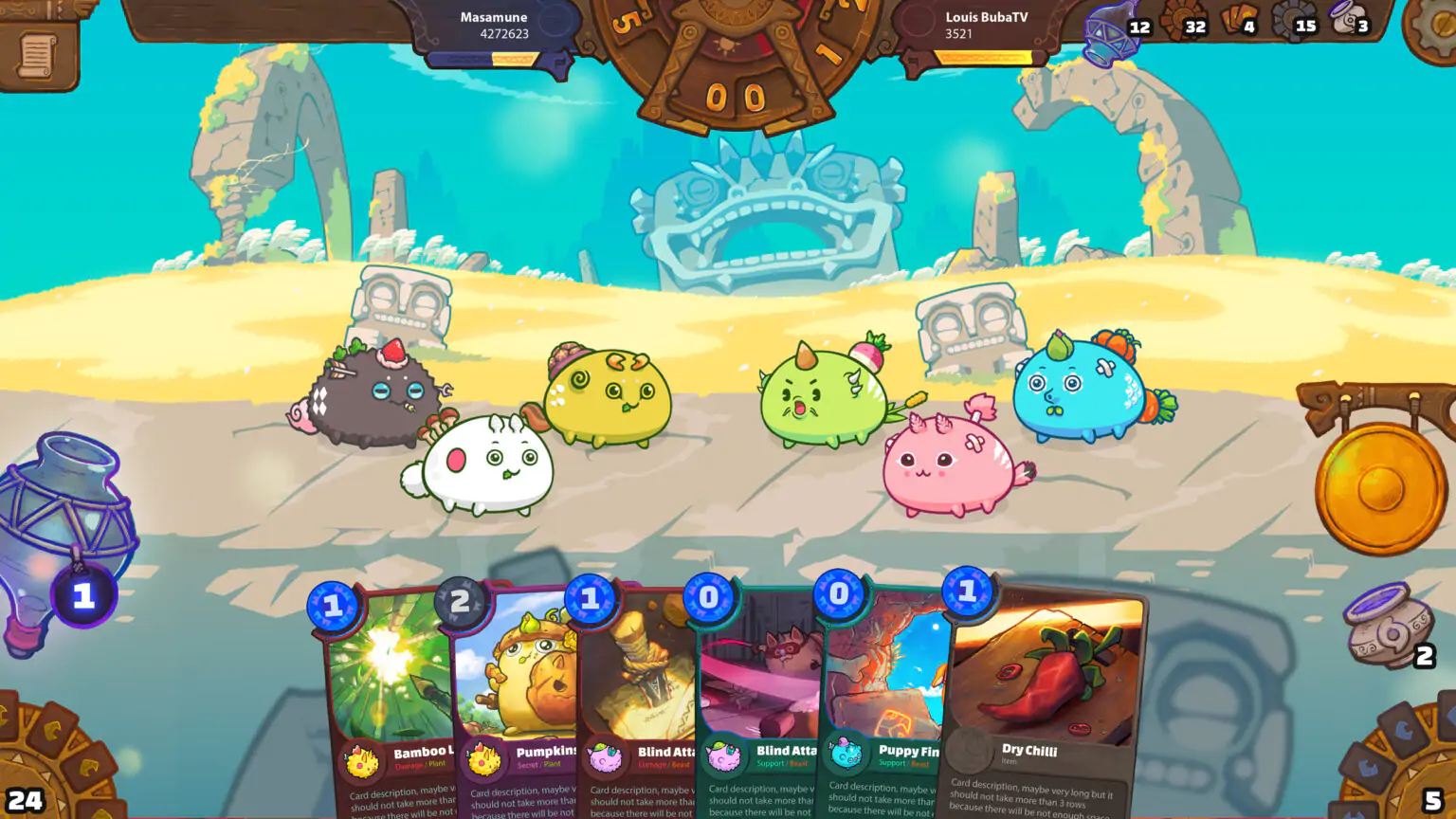

[Image: Sky Mavis]
Web3 gaming is still in its infancy, but it is expanding quickly. There has been a significant increase in investment in Web3 gaming in recent years. The entire amount spent was around $4 billion in 2021, projected to increase to $9.25 billion in 2022. It seems that 2023 will introduce even more new developments and investments in new projects.
Blockchain gaming and gambling started getting popular with the introduction of decentralized applications, mostly developed on Ethereum blockchain. Before that, online gambling introduced Bitcoin payments into their routine. Pretty soon users understood that for the casino deposit crypto is the best solution. For example, such platforms as Coinplay step by step introduced convenient means of paying in various cryptocurrencies, even incentivizing gamers to choose these payment options, providing lots of bonuses.
Meanwhile, the growing popularity of blockchain-based betting and gambling platforms boosted the whole industry forward. Developers started introducing non-gambling games with fungible and non-fungible tokens as means of payment, various gaming utilities and collectible items.
The benefits of blockchain were also obvious with the use of smart contracts for executing functions, providing a higher level of user experience and proving fairness in gaming.
While blockchain provides consumers an advantage in gaming, particularly in terms of ownership, there is still a lot of room for developers to build tools that improve the functionality of those games.
Despite the $50 billion value of the gaming skins market in Web2, gamers only truly own the assets outside the games they are utilized in. Skins can be converted into NFTs in Web3 gaming to get around this restriction in Web2 gaming.
Play-to-earn games, popular among players in developing nations because they may generate a sizable income from their game winnings, still dominate the contemporary Web3 gaming business. These games, however, are not renowned for their user interfaces or inventive settings. They tend to be utilitarian, which severely restricts their appeal. The weak part of these games is tokenomics – most of the games can’t provide sustainable developments due to the falling prices of their tokens, which also leads to lower user retention rates however the best games are just that, best games- they have the best gameplay, story, combat systems like Axie, Uplands and some projects like LifeBeyond and CosmoGene are following right behind.
The potential of play-to-earn is boundless. By 2029, it is expected that the esports industry will have reached $5.48 billion. Play-to-earn allows users to earn money while they play, making it possible for more people than ever to support themselves via gaming. At the same time, we will witness more and more high-quality gaming ventures thanks to the significant investments made in the blockchain gaming sector (about $3 billion in 2022).
Recent Posts
Ledx have been so hard for me this wipe
Not being able to craft them sucks. Especially when everyone I talk to about it…
My interesting and unfortunate Gwent life
First I'd like to say I absolutely love this game it's quality. Basically I first…
Teacher Tuesday 12/Dec/2023 – ask your questions here!
Welcome to Teacher Tuesday, a thread where anyone can ask any type of question without…
This games balance is confusing
I’m kind of new/returning to gwent I played beta and obviously it’s a lot lot…
Summary of 10 Days of Draws from Chaffee’s Bundles
Level 1 Bag (Free with Atmosphere Level 2) 6 small consumable (First Aid, Repair, Fire…